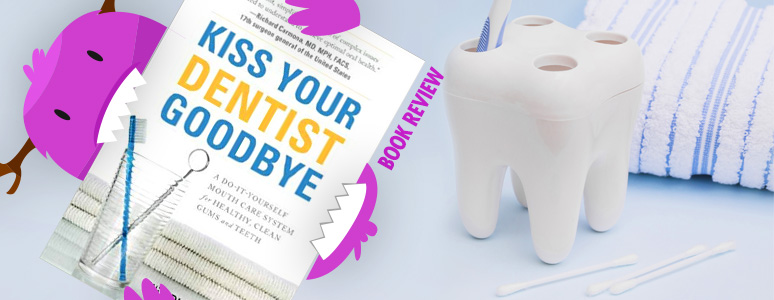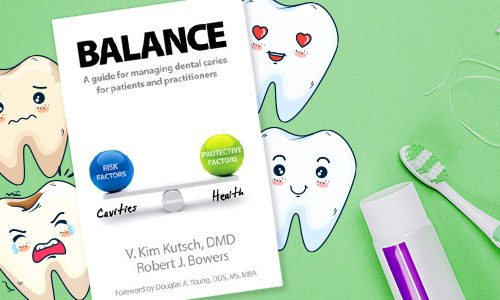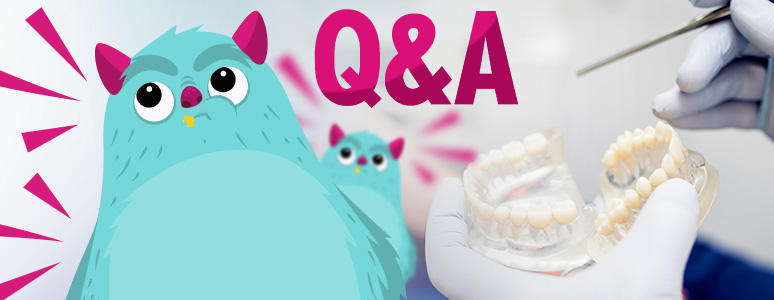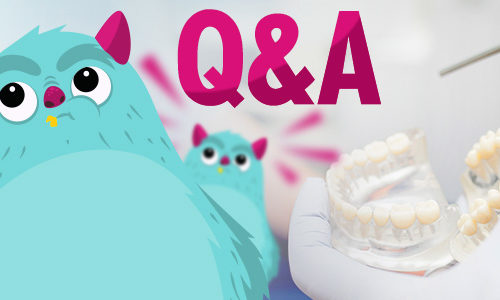-
Book Review: Kiss Your Dentist Goodbye by Ellie Phillips
Where can I get this book? It’s available on Amazon in paperback or Kindle formatclick here to buy Kiss Your Dentist Goodbye We had huge expectations regarding this book as it was marketed as an alternative approach to dental health problems. So rather than the classic brush and floss (or drill and fill) approach, she recommends remineralization, which (if possible – when damage is still reversible) is always superior and less invasive than traditional dentistry. The main idea of the book is her System for healthy teeth, which is a form of a protocol that (if followed carefully) should give you good long-term outcomes and in some cases could actually…
-
10 Red Flags Your Dentist Might Be a Dud: How to Steer Clear of a Bad Dentist
Imagine walking into a dental office, bright and early, ready for your routine check-up. You trust your dentist to provide you with the best care possible. But what if you encounter a bad dentist who isn’t as competent as you think, or worse, is engaging in fraudulent practices? Recognizing the red flags in dental care can save you time, money, and unnecessary pain. Key Takeaways Identify warning signs such as outdated equipment, disregard for dental history and aggressive sales tactics when choosing a dentist. Look out for financial red flags including overbilling of non-essential services and high pressure sales. Check credentials, experience and referrals to ensure quality care with collaborative…
-
The Ultimate Guide to Invisalign: Straightening Teeth with Clear Aligners
A perfect smile has been a universal symbol of beauty, confidence, and personality. But what if the path to that perfect smile was clear, comfortable, and almost invisible? Welcome to the world of Invisalign, a revolutionary orthodontic treatment that makes the journey to a perfect smile as pleasing as the destination itself. Key Takeaways Invisalign is a revolutionary orthodontic treatment that offers an invisible and safe alternative to traditional metal braces. It provides tailored solutions for individuals with mild to moderate dental issues, from Invisalign Full for extensive treatment to Invisalign Lite for minor cases. Insurance coverage and payment plans are available, as well as proper care of aligners through…
-
Easing Toothache: Top 10 Effective Pain Relief Strategies for Tooth Pain
Ever been kept awake by a throbbing tooth or found yourself wincing at the cold touch of ice cream? Toothaches, ranging from mild discomfort to severe pain, are a common issue that many people deal with. But don’t worry, we’ve got a roadmap to guide you through the landscape of toothache pain relief. Key Takeaways Understanding toothaches involves identifying the cause and seeking professional care. Over-the-counter medications, cold compresses, elevating the head at night, numbing gels/ointments & rinsing techniques can provide temporary relief from pain. Good oral hygiene & seeing a dentist are recommended for prevention & treatment of continuous toothache. Understanding Toothaches Toothaches are a result of irritation to…
-
Tooth Decay: Proven Strategies for Cavities – Prevention and Repair
Understanding tooth decay is like deciphering a secret code. The more you know about it, the better equipped you are to prevent it. From the microscopic bacteria that start the decay process, to the foods and drinks that fuel the decay, to the symptoms and treatments, it’s a fascinating journey that can lead to a healthier and happier smile. Key Takeaways Understanding the causes and preventative measures of tooth decay is essential for combating this enemy. Regular dental checkups are necessary to detect and treat tooth decay, while fluoride treatments provide a shield against bacteria. Establishing good oral hygiene habits can help prevent cavities, as well as managing pain or…
-
Top Whitening Kits of 2024: Your Guide to a Brighter Smile
Ever dreamt of flashing a captivating, bright smile that can light up any room? Everyone does, right? Well, the quest for pearly whites has led to the burgeoning popularity of teeth whitening. With a myriad of teeth whitening products flooding the market, achieving that gleaming smile is just a few brush strokes away. But before you embark on this journey to a radiant smile, it’s essential to understand the world of teeth whitening. Key Takeaways Explore the four primary types of at-home teeth whitening kits and consider features, application techniques, active ingredients & efficacy for natural teeth. Recent technological breakthroughs have revolutionized teeth whitening with LED lights to accelerate process…
-
Managing Wisdom Teeth Swelling: Effective Tips for Comfortable Recovery
Swelling after wisdom teeth removal, also known as wisdom teeth swelling, might seem like an unwelcome guest, but in reality, it is an expected part of your healing journey. This swelling, while often discomforting, signals that your body is hard at work repairing the extraction site, paving the way towards a comfortable recovery. But the question is, how do we manage this wisdom teeth swelling effectively, and what are the best methods to minimize discomfort? Let’s find out. Key Facts Swelling following wisdom teeth removal is a normal part of the healing process, though potential complications can cause increased inflammation. Reducing swelling and promoting comfortable recovery involves cold compresses, anti-inflammatory…
-
Choosing Your Ally for Oral Health: Hydroxyapatite vs Fluoride Showdown
Imagine a world where tooth decay is no longer a concern, where every toothpaste tube is a vehicle for strong, healthy teeth. This world is closer than you think, thanks to two dental defenders: hydroxyapatite and fluoride. Both of them are powerhouses in the oral care domain, but how do they stack up against each other in the battle of hydroxyapatite vs fluoride? Which one should you choose for your oral health needs? Keep reading to find out! Key Takeaways This article examines the science and efficacy of hydroxyapatite and fluoride toothpastes, their mechanisms for remineralizing enamel and fighting cavities. Hydroxyapatite is Considered a safer alternative than fluoride, particularly for…
-
Mewing Tutorial: How to Mew? Before and After Effects and Results, Meaning, Guide
Mewing is a term that’s become popular in online communities. It refers to a specific tongue posture technique that is claimed to have various benefits, primarily reshaping the facial structure. Here’s a brief overview: Origins of Mewing Mewing is named after Dr. John Mew, a British orthodontist. Dr. Mew and his son, Dr. Mike Mew, have promoted the idea that how you rest your tongue affects your facial structure, especially the development of the maxilla (upper jaw). Basic Principle of Mewing The fundamental principle behind mewing is that by maintaining proper tongue posture, one can potentially influence the shape and alignment of the face and jaw over time. Proper tongue…
-
What Foods Cause Bad Breath?
Bad breath, medically known as halitosis, is a common problem that can cause significant discomfort and social embarrassment. One of the primary contributors to this condition is the food we consume. This article aims to provide a thorough understanding of how certain foods can lead to bad breath, delving into the science behind this phenomenon and providing actionable advice to mitigate its effects. Bad Breath and Diet Bad breath can arise from various sources, including poor oral hygiene, certain medical conditions, and the foods we eat. The relationship between diet and bad breath is complex, involving the interaction of food with oral bacteria, digestion, and the release of certain compounds…






